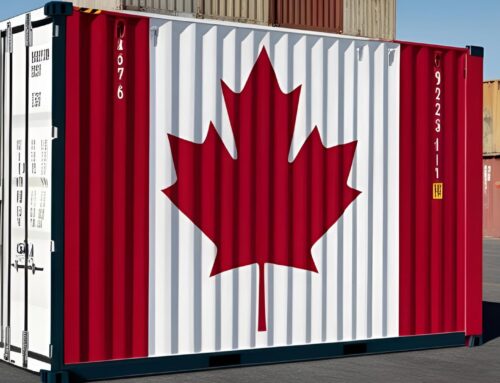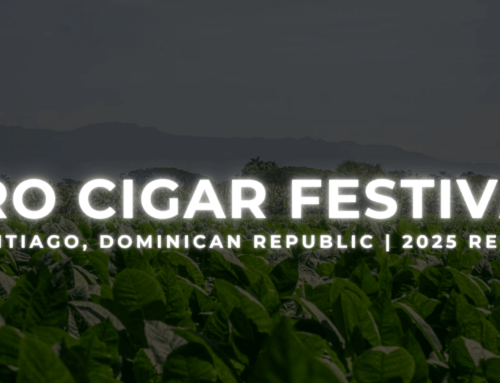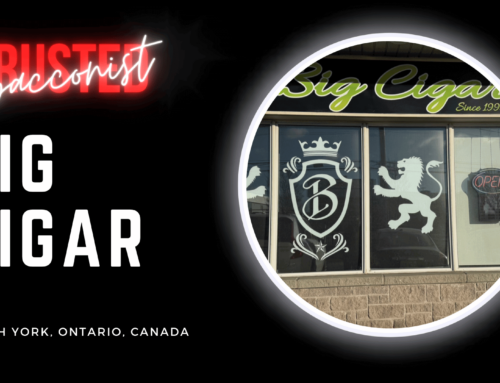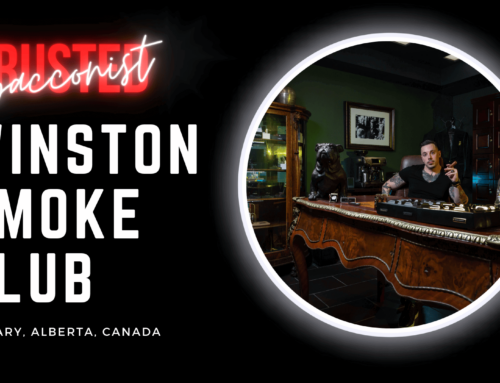Similar to the initial cigar boom of the 1990s, the world appears to be in the midst of a cigar second boom that is still flying somewhat under the radar. Driven by a different set of factors, this time cigar manufacturers appear more prepared to meet the increased demand.
It first happened in the 1990s: the cigar world went “BOOM”.
Practically overnight, public interest in cigar smoking surged. The newfound mass appeal was believed to have been ushered in by the arrival of Marvin M. Shanken’s Cigar Aficionado magazine, which in fall of 1992 began to exalt the wonderful world of premium cigars to a much wider audience.
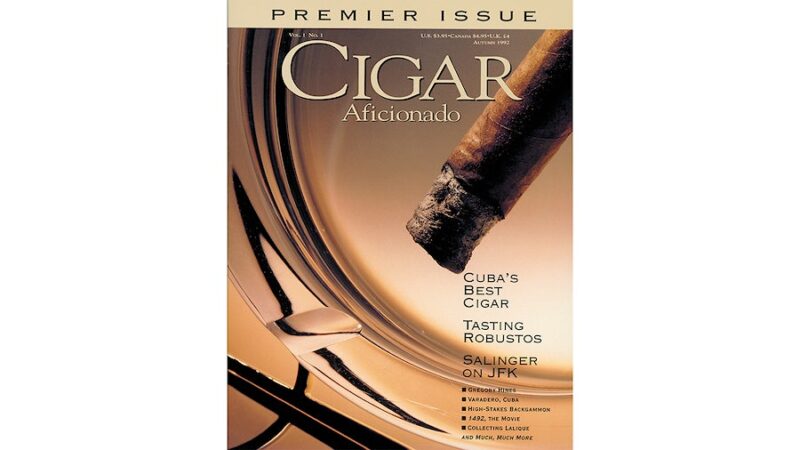
The Big Issue: Cigar Aficionado’s first release in Fall of 1992
Almost singlehandedly, the magazine altered the landscape of the premium cigar industry which caught most premium cigar makers by surprise. Soon demand outpaced supply. New cigar brands were popping up everywhere, and freshly rolled cigars were being rushed out the door stuffed with inferior tobaccos that were often still green.
So, like everything, it didn’t last forever, and as of 1997, the market found itself flooded with sub-quality cigars as things cooled back down.
Something, however, had changed during that 90s cigar boom. Once almost exclusively the domain of older men, premium cigars were now starting to be enjoyed by new factions of society.
Boutique brands became a thing. The so-called “new-world cigars” that came out of places like the Dominican Republic finally began to gain the respect they deserved, and were now giving Cubans a real run for their money.
“Similar to the current whiskey revival of the last 20-odd years, greater populations of society have been embracing goods that are made in a time-honored, handcraft kind of way”
Time-Honored Luxury Goods
Fast forward 30+ years since the initial 90s boom and things are booming yet again.
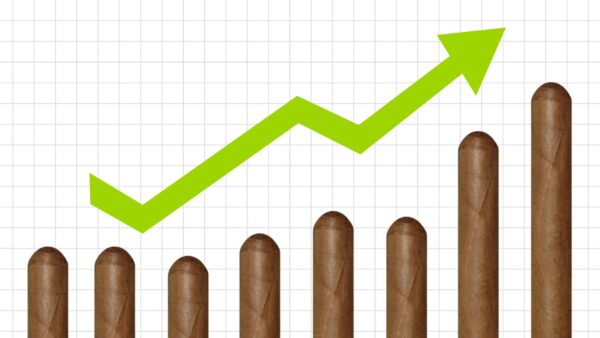
With the exception of a slight dip in 2019, customer preference for premium cigars had been growing year-over-year since 2016, with more women and new strata of society enjoying cigars. More international markets are also enjoying cigars than ever before, and with great fervor.
In 2021, China overtook Spain as the number one market for Cuban cigars in the world.
Similar to the current whiskey revival of the last 20-odd years, greater populations have also been seeking out goods that are made in a time-honored, handcraft kind of way.
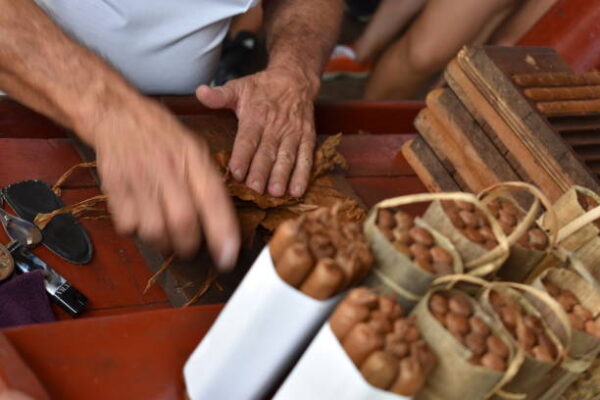
Whether they are rolled in Cuba, the Dominican Republic, Honduras, or even in off-the-beaten-path locations such as the Philippines, premium cigars are still ‘totalmente hecho a mano”; that is, totally made by hand.
Comfort in the Midst of a Pandemic
It comes as little surprise that premium cigars have received a particularly large boost as a result of the Covid-19 pandemic.
At first in early 2020, like so many other places, cigar stores became shuttered to the public as the industry seemed to grind to a near total halt due the pandemic. The first quarter of 2020 was a slow one.
Though things were looking grim, it was to be short lived.
Then things took off. This resulted in a new demand for buying cigars through online retailers in the United States and Canada, with new ones popping up weekly. Brick and mortar stores opened back up, and many small businesses quickly realized the need to pivot to online selling to supplement their in-store “curbside” sales.

In 2021, sales for premium cigars achieved figures that hadn’t been witnessed since the 1990s, and much like the 90s, the cigar market had swelled as a result of a changing demographic of cigar smokers. People began working from home and staying home.
Amidst all the uncertainty in the world, many found solace in the quiet, simple pleasures of a cigar, whether they were already cigar smokers to begin with, or were just discovering the hobby for the first time.
Meeting the Challenges of a Boom Period
Though there are clear signs of a recession post-pandemic, consumers have demonstrated an increased desire for luxury goods such as premium cigars.
As with the 1990s boom, or when a particular cigar makers hits a #1 cigar of the year rating, keeping up with a sharp increase in demand for a cigar can prove incredibly challenging for its maker.
Due to the restraints of proper growing procedures and the required aging periods for tobacco, cigars are an agricultural product that cannot be rushed if consistency and quality are to be adhered to.
When speaking about achieving Cigar Aficionado Cigar of the Year in 2014 with their Melanio Serie V Figurado, Oliva Global Brand Ambassador Brian Shapiro states, “It was a challenge for sure, but we had previously seen other brands unsuccessfully try to rush cigars to market after achieving the number one. We took our time; slowly, methodically increasing production to keep supply moving until we had eventually fulfilled the demand. It proved to be a successful plan, as we still live off that number one almost ten years later”.
Unlike the 1990s, today, most major “new world” cigar makers are more prepared for a boom period with greater reserves of tobacco.

Tobacco bales sit in a storage facility
Tobacco is sourced from more locations than ever before, including Nicaragua, who back in the 1990s were recovering from a period of communism and an embargo with the United States. Cigar production has been steadily growing in Nicaragua since around 2010, and today they are the biggest exporter to the USA.
Behind the Dominican Republic, Honduras is the third-leading exporter, shipping 60 to 70 million handmade cigars a year to the US alone.
For the first time ever, premium cigar imports to the United States have reached in excess of 400 million (source: Cigar Aficionado, Feb 2022). Despite a global price-fixing hike and supply shortages as a result of the aftermath of Covid-19 and Hurricane Ian, Cuba reported record-setting profits for its Habanos products in 2022.
“Though 2023 numbers have tapered a bit since the big Covid spike of 2021, premium cigar sales remain higher than they were in 2019’s pre-pandemic period.” says Colm O’Shea, Executive VP at Canadian cigar distributor House of Horvath . “We believe the cause of this micro-boom is attributed to new consumers joining the cigar market and not from existing consumers smoking more premium cigars.”

When it comes to enjoying a premium cigar, it’s the more the merrier – now more than ever.


